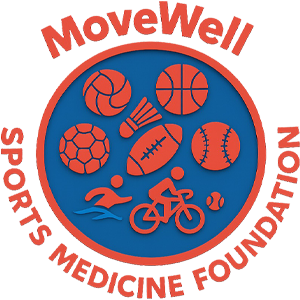What Causes Leg Cramps While Swimming?
Common causes include:
Dehydration – Not enough fluids or electrolytes (like sodium, potassium, magnesium)
Overexertion – Pushing muscles too hard, especially when kicking
Cold water – Can reduce blood flow and increase cramping risk
Poor flexibility – Tight calves or hamstrings are more likely to cramp
Fatigue – Tired muscles are less stable and more prone to spasms
How to Prevent Leg Cramps in the Pool
1. Stay Hydrated & Maintain Electrolyte Balance
Drink water before and after swimming. For long sessions or hot environments, consider drinks with electrolytes.
2. Stretch Before You Swim
Focus on:
Calf stretches (e.g., wall stretch)
Hamstring and quad stretches
Ankle mobility drills
3. Warm Up Slowly
Start with easy laps to get blood flowing before sprinting or heavy kicking.
4. Improve Kicking Technique
Avoid kicking from the knees. Use the hips and keep your ankles relaxed and flexible.
5. Build Endurance Gradually
If you're returning to swimming or increasing distance, let your muscles adapt progressively.
What to Do If You Cramp While Swimming
Stop and float on your back to stay safe
Stretch the cramped muscle – for calf cramps, pull your toes toward your shin
Massage the area gently if needed
Swim back slowly using arms only if pain persists
Exit the water if necessary, especially in open water or if pain is severe
Tips:
Add magnesium-rich foods (nuts, leafy greens) to your diet
Practice dryland ankle and calf strengthening
If cramps are frequent and severe, consult a sports medicine or physical therapy specialist
Leg cramps while swimming are preventable.
Stay hydrated, stretch regularly, and listen to your body — prevention is the best safety.




